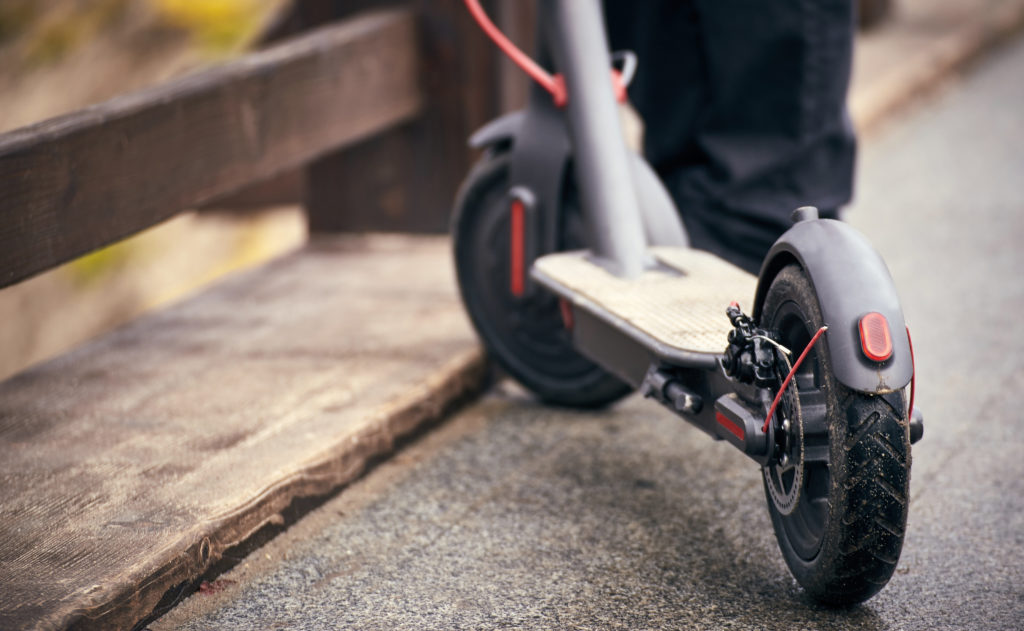Do they look great? No. Do they save lives. Yes
I’ll confess: my profession skews my view of the world. We don’t handle cases involving people who safely got from point A to point B. We don’t represent clients who went for an incident-free bike ride. We help people whose lives have been changed—for the worse—because someone else was careless or reckless. It’s that view that colored my reading of a recent article in the Chicago Reader.
“Promote helmets or prevent crashes? Some advocates say it’s time to shift,” by John Greenfield, looks at the debate amongst cycling advocates on whether promoting bike helmets deters cycling. Greenfield spoke with a number of biking supporters to discuss varying approaches to bike helmet usage. Some of those people believe that pushing others to wear helmets is having a depressing effect on potential riders—they either don’t like helmets or they feel they’re unnecessary. Others take the approach that helmets save lives and minimize injuries. Frankly, I think it’s a bit of a silly—and reckless—argument.
The folks against strict helmet usage allege that slow, urban cycling can be “quite safe” without a helmet. One opponent, a consultant from Denmark, argues helmets send a message that cycling is dangerous, and it can discourage others from taking part. Recent studies have concluded that there might not be as large of a difference in terms of the severity of head injuries—noting helmets might only reduce the risk of a head injury by 25-55 percent. If you were given a chance to reduce the risk of cancer by 25-55 percent, wouldn’t you gladly take it?
The problem—the naïve and dangerous problem—with this rationale is it assumes the cyclist is the sole person responsible for crashes. If you’re riding slowly and safely, you have little to worry about. By that logic, if you’re just driving in your neighborhood, why bother wearing a seatbelt? The harsh reality is you don’t have any control over what other drivers are doing. In a car, you’re at least enveloped by a highly engineered, crumple-zone, steel wrap. In a bike, it’s you—and hopefully your helmet.
I lived—and cycled—in Chicago for over a decade. Not once did I consider riding without a helmet. Even riding at a slow pace (5-10 mph), you’re constantly aware that someone in a parked car could open a door in the blink of an eye. Your options are to veer into traffic (which is coming from behind you) or hit the door. Wouldn’t you want to be wearing a helmet?
A bicyclist’s own speed has no bearing on a truck blowing a stop sign or a red light. No matter how safe a bike rider is, how alert he or she may be, it won’t prevent a random car quickly pulling out of an alley or driveway. The point of wearing a helmet—the same as wearing a seatbelt in the car—is you’re taking a simple precaution to protect against someone else’s carelessness.
Too many times I’ve seen the aftermath of a bike, car, or truck crash. Crashes—especially bike crashes—happen in an instant. The speed of the cyclist, the alertness of the rider, and the setting of the crash have little effect on the outcome. We don’t always have control over our surroundings, which is why we control what we can. Wearing a helmet is something we can control, and it may save your life.




